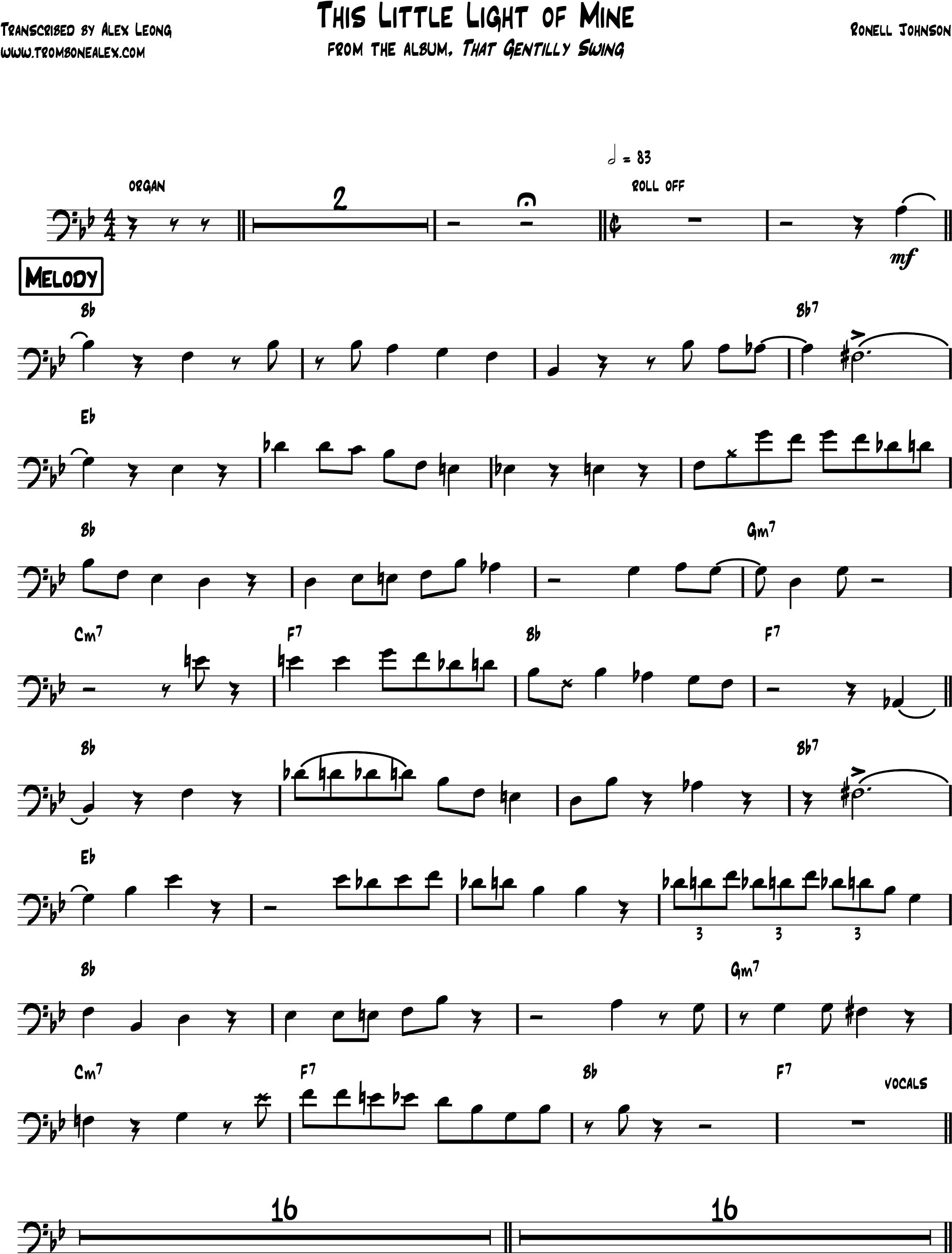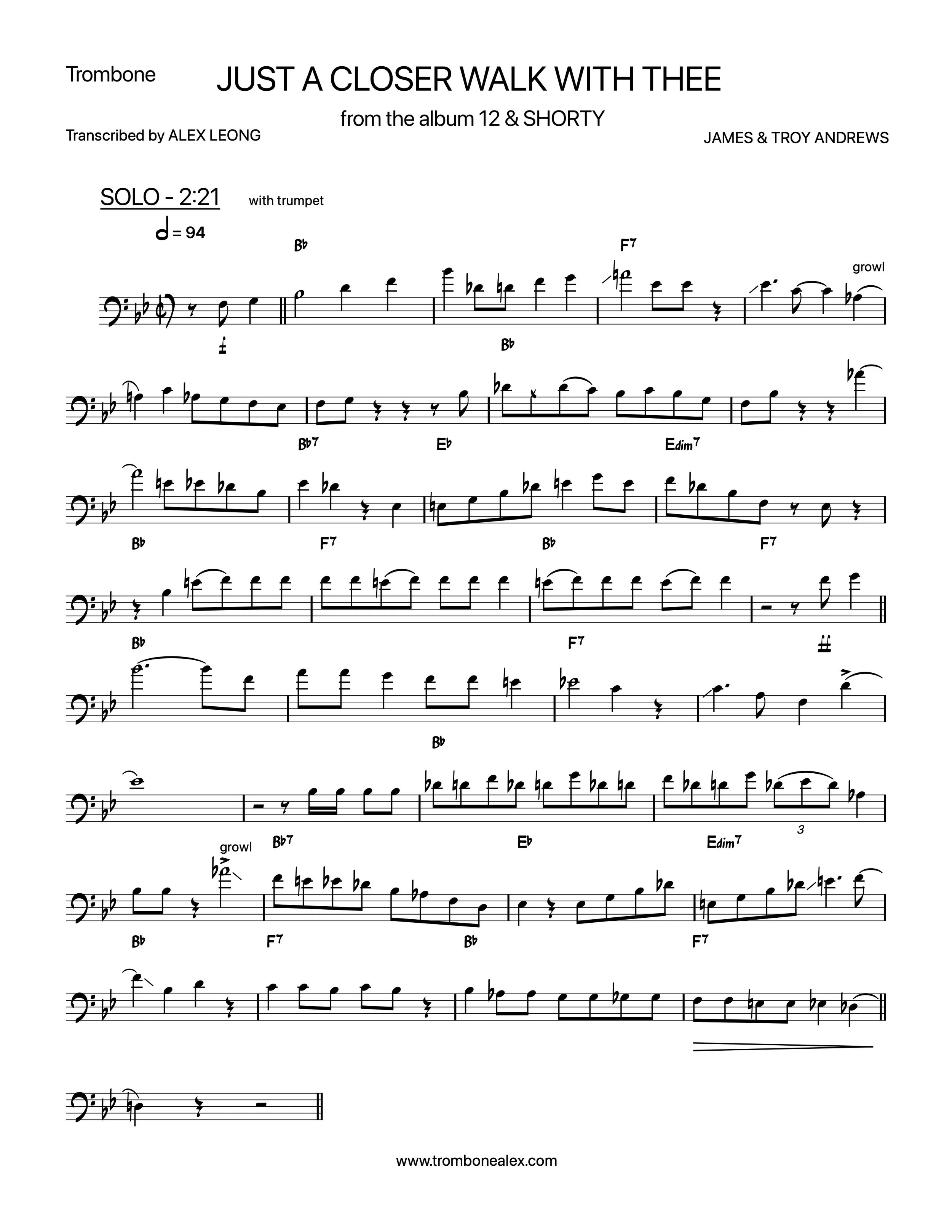In 1944, New Orleans trombonist Jim Robinson recorded a version of “Ice Cream” with clarinetist George Lewis, featuring the trombone as the lead melodic voice and a rhythmic performance that established the song as his signature tune.
Read MoreIt was church musician Harry Dixon Loes’ version that helped to illuminate the struggle for Civil Rights in the States and also provided positive affirmations on developing minds as a children’s song - re-contextualizing the sacred practice for secular work.
Read MoreAmong the popular compositions by Louisiana-native songwriter Spencer Williams, which include “Royal Garden Blues” and “When Lights Are Low,” the most-widely adapted song has been “Basin Street Blues.”
Read MoreFor over a century, many singers have asked where “Corrina” has been however few seem to know exactly where “Corrina” originated.
Read MoreOne of the earliest jazz recordings, “Tiger Rag” is credited to the members of The Original Dixieland Jazz Band however its origin and musical themes have been disputed long before its 1917 publishing.
Read More“Pallet on the Floor” is remembered as one of trumpeter Buddy Bolden’s signature tunes that would inspire the popularity of early jazz in the twentieth century.
Read MoreAs of late 2022, the only proper writing credit for Rebirth’s “Big Fat Woman” has been given by the user-submitted resource, Discogs.com, which simply lists it as “Traditional.”
Read MoreFrom 1955 to 1960, New Orleans pianist Antoine “Fats” Domino recorded a series of Billboard Top 10 hits with local producer Dave Bartholomew that would define a generation of American popular music. When asked about the origins of rock music, “Fats” Domino explained that it was simply the rhythm & blues they had been playing in New Orleans - the same music that would eventually influence Motown and The British Invasion.
Read MoreWhile the band’s intended use of the phrase “Mexican Special” appears to have never been publicly explained, it could be appropriated slang for “hot sauce” simply based on trumpeter Kermit Ruffins’ own affinity for barbecue. In a musical sense, it could also refer to the blend of Caribbean rhythms with American blues melodies, as displayed within Keith “Wolf” Anderson’s trombone solo.
Read MoreWhile the Reagan-era “Just Say No” platitude reduced the social crisis down to a simple black-and-white issue through the denial of pleasure, Rebirth’s “Leave That Pipe Alone” campaign directly acknowledges the introduction of, the cohabitation with, and the addiction to harmful substances within the community.
Read MoreNew Orleans guitarist Earl King wore many masks. Born Earl Silas Johnson IV, he established himself as a blues king in the 1950s by faithfully imitating his musical idols, even presenting himself as Guitar Slim after the hitmaker was hospitalized and unable to complete his 1954 tour.
Read MoreHenry Nemo was no nobody - quite the contrary. An aspiring entertainer and trendsetter, Nemo found himself among the bustling jazz scene of New York City during the late-1930s, socializing and collaborating with some of jazz’s greats, where he was loosely associated with the development of jive talk and the hipster traits celebrated by the Beat Generation. Henry Nemo was the embodiment of a living history.
Read MoreSonny Stitt is credited as the composer of “Bud’s Blues” on their 1951 collaboration, but it is unclear as to who actually came up with the tune. Perhaps it was Stitt’s intent to simply pay tribute to Bud Powell’s struggles outside of the music scene, which included incarceration, institutionalization, and addiction - the pillars of systemic racism established by white supremacy.
Read MoreOriginally written in 1927 by George & Ira Gershwin for the musical Funny Face, the song “How Long Has This Been Going On?” had been cut and repurposed the following year for the show Rosalie before also being cut from its film adaptation.
Read More“Autumn Leaves” is a prime example of modalism, utilizing a diatonic harmony with a melodic-minor phrasing - in other words, it plays safely by the rules of music theory
Read MorePrivileged groups like the New Orleans Rhythm Kings had access to recording studios and publishing companies, thus establishing “Tin Roof Blues” as an early jazz standard.
Read MoreIt was Chicago gospel composer Kenneth Morris who first published an arrangement in 1940 based on variations sung by railroad porters that he had transcribed during his travels. Along with choir director Sallie Martin, the Martin & Morris Music Company became one of the oldest publishers of American music, and whose catalogue has since been donated to the Chicago Public Library.
Read MoreThe back-and-forth relationship between musicians and younger dancers is what pushes the music forward: the post-Civil Rights era audience led the Dirty Dozen Brass Band into funk while still celebrating bebop as its own form of protest music; the hip hop generation leaned back into the drums-and-bass grooves of Rebirth’s Frazier brothers; and the brass band music of a post-Katrina era goes viral within a fifteen-second dance video on social media.
Read MoreWith the shift of public discourse toward social media, the current evolution in New Orleans brass band music amplifies the voice of a new generation through viral brass band covers and SoundCloud mixtapes.
Read More












